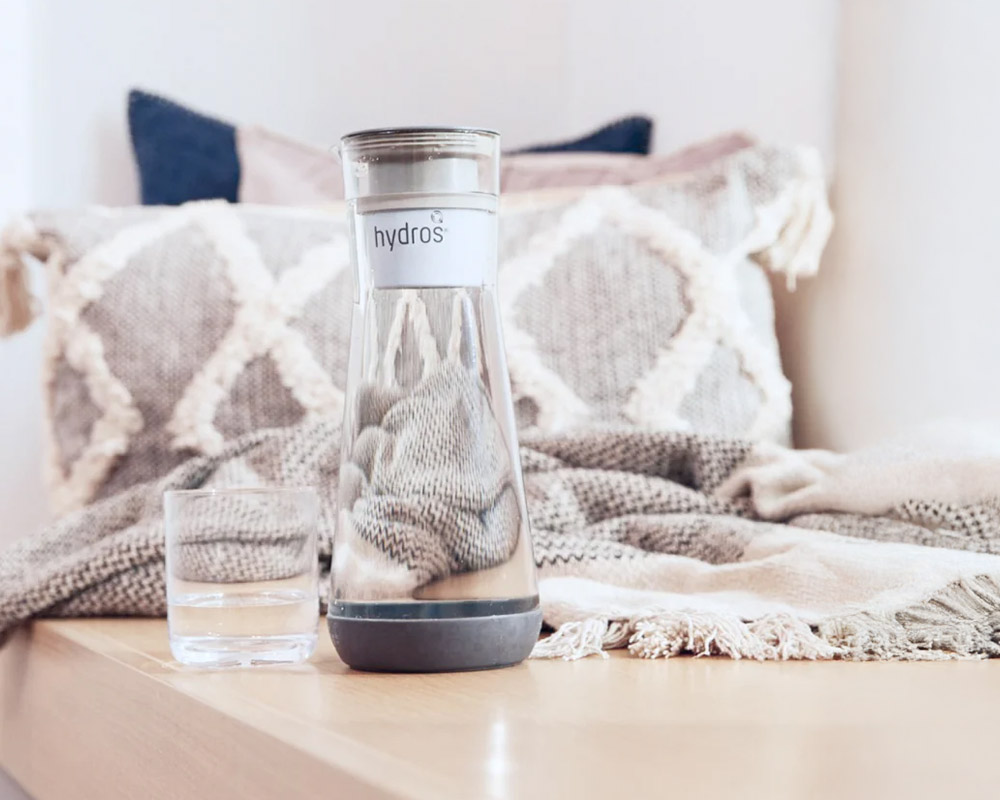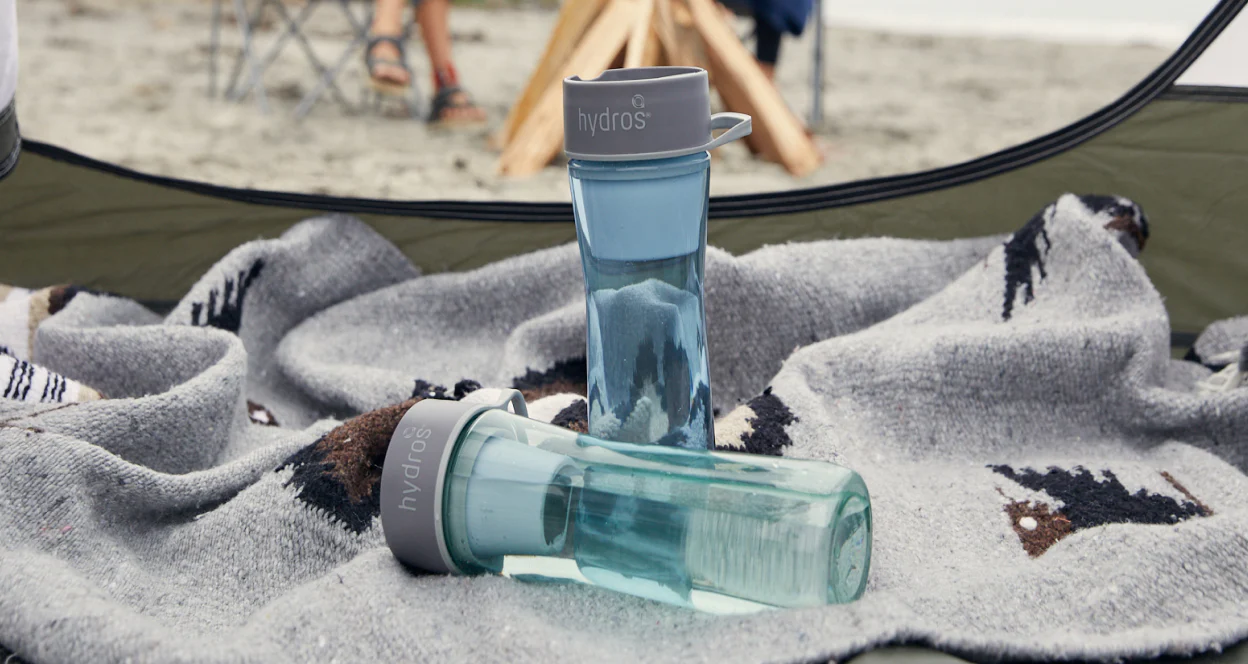Amazon Case Study:
Hydros Water Filter System
Hydros makes a remarkable line of home water filtering pitchers, carafes, and bottles. What sets them apart is their patented Fast Flo technology that provides some of the fastest water filtration on the market. And, all of their products use the same standard filter size, so unlike with some other brands, there’s never any confusion over which filter to purchase for your particular container. They all fit! We should also mention that we love their designs, with their smooth curves that are a refreshing change from the angular, utilitarian shapes of some water filter brands.


Hydros had a great product line with a happy and growing customer base both on and off Amazon, but they weren’t satisfied with their overall Amazon business performance.
That’s where we came in. In just seven months, we completely transformed the brand’s profitability on Amazon and put them on track for sustainable organic volume growth that doesn’t require investing a large percentage of their profits into Amazon PPC.
It wasn’t all us. Hydros was on a mission, and while we were fixing the performance, they were improving their supply chain process to ensure that popular products stayed in stock.
Our initial analysis made one thing clear: they were spending too much on ads, and growing their volume just wasn’t feasible without addressing the profitability of their product line.
That became our goal: significantly reducing ad spend without reducing overall volume. This foundational approach would put them in a better position to take risks with their advertising and promotions to support rapid growth.
Here’s how we did our part:
Improving the Page Conversion Rate
Ultimately, a brand’s performance on Amazon comes down to the page conversion rate. If conversion rates aren’t at an acceptable level, then no matter how much money you invest in Amazon PPC advertising or off-site demand generation activities, your sales volume won’t be acceptable, either.
We have a great design team and we love telling stories in pictures. With Hydros, we had a unique challenge: the brand was happy with their visual design. Our task was to turn around the page conversion rate only through updates to product setup data, titles, bullets, and product descriptions.
Improving titles and bullets requires expertise in two disciplines: first, it’s an opportunity to refine your story to be more clear and compelling. And, just as importantly, it’s essential to adhere to Amazon best practices to improve SEO.
Anybody who’s performed Amazon catalog management knows about the biggest challenge in updating product content: titles and bullets are obdurate, which is a fancy way of saying that they’re sticky.
For various reasons relating to performance and SEO, Amazon doesn’t encourage frequent product title updates, and will resist accepting product title changes for any of a number of reasons. We know how to get around them. It’s not always easy, but our team of Amazon experts are focused and dedicated, and we got the job done.
The monumental change in the page conversion rate was the key to driving similarly astounding metrics throughout the customer journey. Next up was optimizing their Amazon PPC ad strategy.
74%
Page Conversion Rate Increase
Reducing Ad Spend
The cost of advertising was eating significantly into their operating budget. It’s common for brands to reduce ad spend and then find that the reduced ad budget comes at the cost of a similar reduction in overall revenue. We reduced their ad spend by 80% without cutting into their gross sales. We did this through a combination of improving page conversion rates and simplifying their campaign plan.
80%
Reduction in Amazon Ad Spend
Improving ROAS
The improved page conversion rates and trimming non-performing campaigns and targets allowed us to drive a significantly higher return on ad spend (ROAS). The overall ad spend went down by 80%, and the core set of ad campaigns performed better.
Ad-driven sales went down, but thanks to improvements in page conversion rates (and the Herculean efforts of the brand’s own team in improving the supply chain), organic sales increased and overall volume remained healthy.
32%
Improvement in ROAS on Amazon
Growing Organic Sales
Organic sales are more valuable than ad-driven sales. You don’t need to pay for clicks, and organic sales are not subject to the dynamics of ad sales volume like unexpected changes in cost per click or available ad inventory.
All of this resulted in what we consider to be the most important metric to gauge the health of an Amazon business: the TACoS.
62%
Organic Sales Growth on Amazon
Significantly Reducing TACoS
TACoS, or Total Advertising Cost of Sale, is your ad spend expressed as a percentage of gross sales. For instance, a 10% TACoS means that 10% of revenue is invested in advertising. Setting and meeting a TACoS goal can mean the difference between a brand with a healthy profit margin, and a brand that’s losing money with each sale.
Reducing the TACoS by 82% made a dramatic difference in the brand’s profitability on Amazon. Mission accomplished.
82%
TACoS Reduction on Amazon
Schedule Your Intro Strategy Call
Let’s get started with a short Zoom session to discuss your needs and answer any questions. We won’t add you to any lists or bombard you with emails after the session. It’s free, with no obligation.

